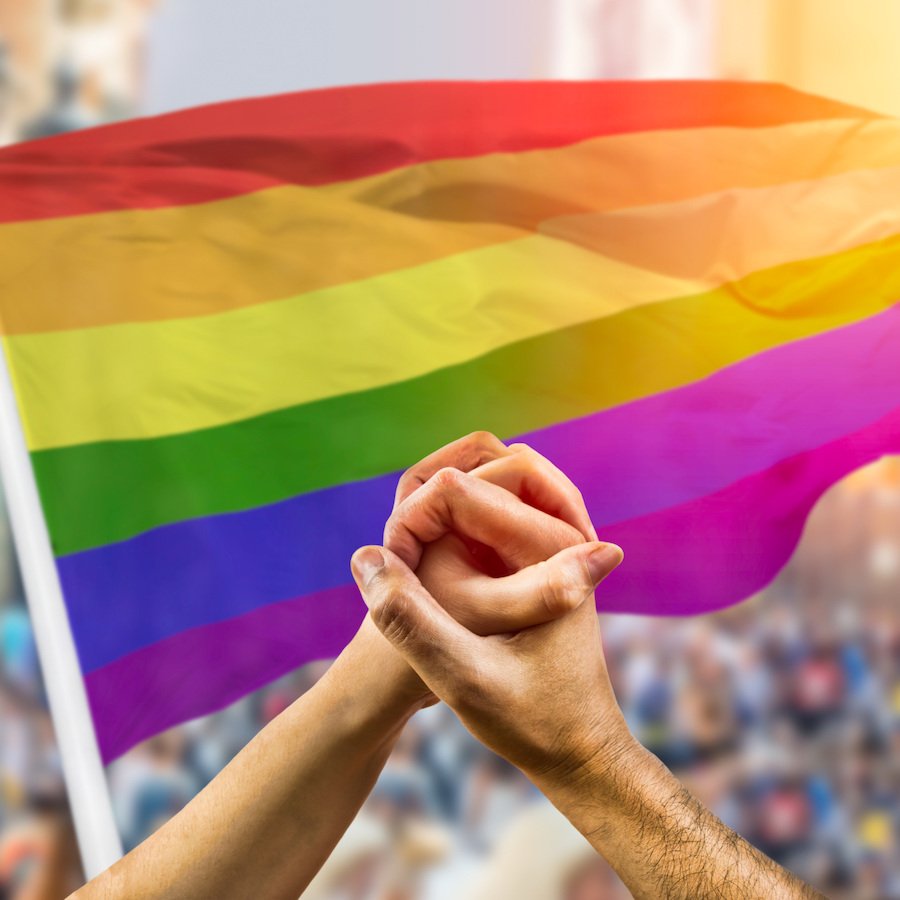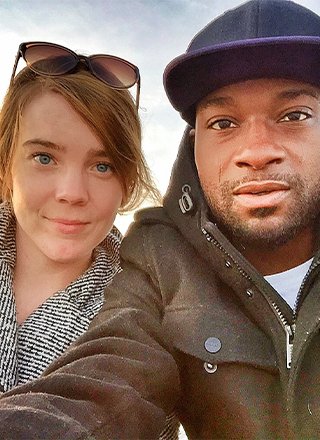One of the most beautiful Jewish sanctuaries I have ever seen belongs to The Temple, a Reform Jewish synagogue in Atlanta. In construction done between 1929 and 1931, architect Philip Shutze and Rabbi David Marx used American symbols in decorating the Temple’s large sanctuary. The stained glass windows are red, white and blue. And the eternal light, which hangs above the Torah ark, dangles from a bald eagle. According to Rabbi Peter Berg, senior rabbi of The Temple, Rabbi Marx “wanted to communicate the message that we could be proud to be American and Jewish at the same time. Through most of Jewish history, this was not possible.”
AU Vice President for Public Policy Maggie Garrett often tells a contrasting story about her childhood Lutheran pastor, who arrived at her church only to see an American flag hanging in its sanctuary. He soon moved it to just outside of the sanctuary because he felt so strongly that the state didn’t belong where the community worshipped.
Reform Jews care every bit as much as Lutherans about church-state separation. So, why this difference between The Temple’s embrace of American symbols and the Lutheran pastor’s insistence on removing them from its sanctuary?
I think it’s because all too often, the word “American” has presumptively meant “Christian.” Just last year, the highest court in our land ruled that the government could display and maintain a 40-foot Latin cross to represent all fallen veterans because traditionally the cross has been associated with war dead.
As Justice Ruth Bader Ginsburg wrote in her dissent: “To non-Christians, nearly 30% of the population of the United States … the State’s choice to display the cross on public buildings or spaces conveys a message of exclusion: It tells them they ‘are outsiders, not full members of the political community.’” In this landscape, the many Christians committed to our constitutional principle of religious freedom have had to make clear that American and Christian are not synonymous. Jews, on the other hand, have had to make a point of belonging. They have had to go out of their way to endorse American symbols – such as hanging the eternal flame from a bald eagle.
It’s not just religious minorities who haven’t always been invited into the inner circle of what it means to be American; non-whites, and especially Black people (including Black Christians), have been excluded. Anecdotally, I have heard from many Black people that even the traditional red, white and blue color palette Americans United uses can be initially alienating. This makes complete sense.
Just remember the false claims that President Barack Obama didn’t have a U.S. birth certificate. Think back to this summer, when President Donald Trump tear-gassed a large number of peaceful Black Lives Matter protestors so he could brandish a Bible in front of St. John’s Church and exclaim: “We have the greatest country in the world. … Keep it nice and safe.” The message: White Christians make our country nice and safe; others are a menace and need to be removed.
The fact that many who are not both white and Christian can feel less secure that America’s symbols include them is not evidence that they are less patriotic. It should, instead, motivate all who are committed to America’s foundational principles of equality and inclusion to work harder to make sure that everyone is, and feels, equally American, regardless of their race or religion.
This work starts with owning the fact that our country has not always lived up to its promises or ideals. But it’s equally important that Americans who believe in freedom and equality for all claim American symbols and use them to represent their intended meaning.
There is reason for optimism. Recently, my parents drove from Chicago to D.C., so that they could visit us and take a break from the isolation that comes especially with being older during the coronavirus. We quarantined but did take masked walks around my neighborhood. During our first one, we noted how many houses were displaying American flags. That my predominantly progressive part of town is teeming with flags is a good thing.
At Americans United, we proudly tout how very American our mission of religious freedom for all is. But we also highlight the many ways our country has and continues to fall short of achieving this ideal. With you by our side, we’ll never stop holding America accountable to the greatness it promises.
Rachel K. Laser is president and CEO of Americans United for Separation of Church and State.


